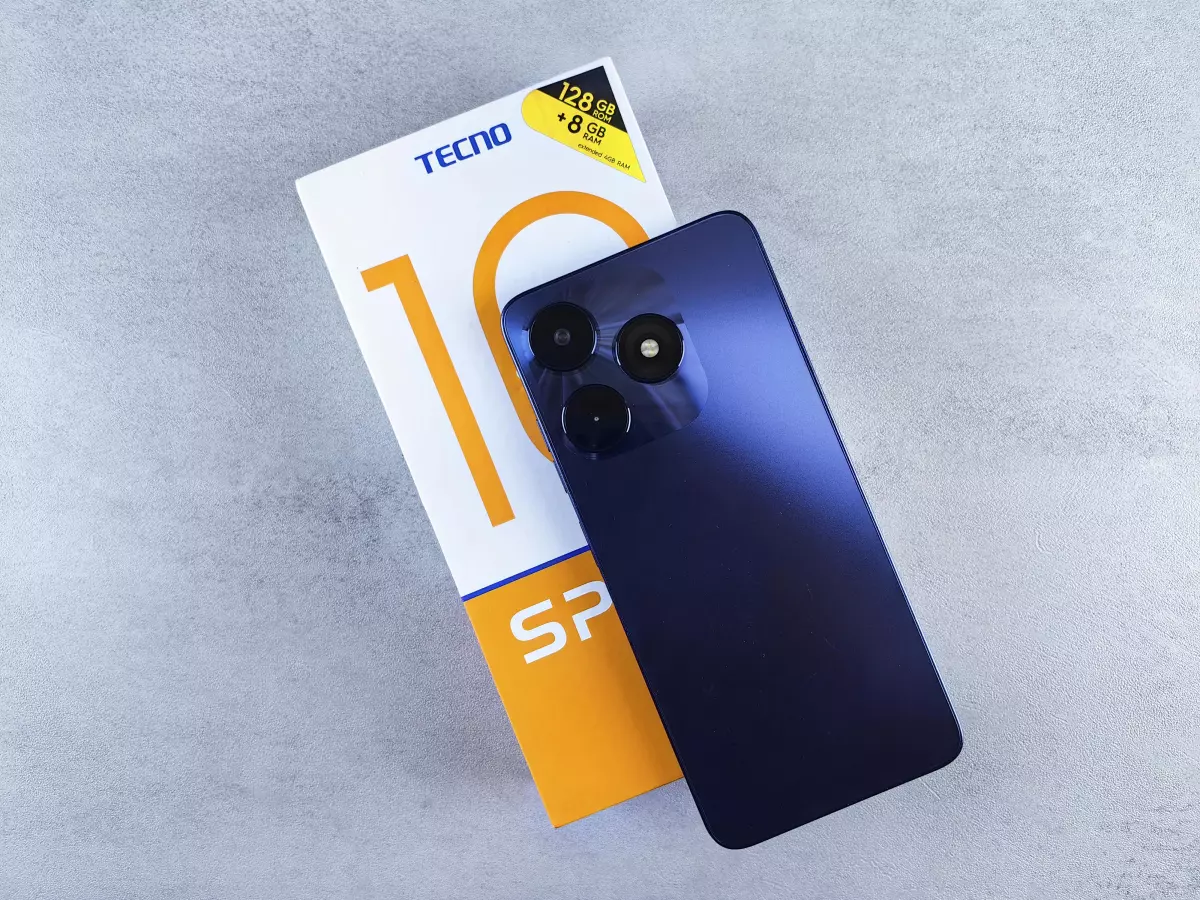Smartphone Camera Secrets
Your smartphone camera is a marvel of miniaturized technology, blending hardware and software to redefine photography.

By Tomás Oliveira
"The best camera is the one you have with you," said Chase Jarvis, a renowned photographer. And in today’s world, that camera is almost always your smartphone. But have you ever stopped to think about how this tiny device manages to capture such stunning photos? It’s not just luck or a sprinkle of tech magic—it’s a carefully orchestrated symphony of hardware and software working together.
Let’s peel back the curtain and dive into the intricate world of smartphone cameras. From the lenses and sensors to the AI-powered software that processes your shots, every component plays a crucial role in making your Instagram-worthy photos possible.
The Lens: More Than Meets the Eye
At first glance, the lens on your smartphone camera might seem like a simple piece of glass. But in reality, it’s a complex optical system designed to focus light onto the sensor. Smartphone lenses are typically made of multiple layers, each with a specific purpose, such as reducing distortion or enhancing sharpness.
What’s even more impressive is how manufacturers manage to pack all this optical wizardry into a lens that’s just a few millimeters thick. And let’s not forget about the aperture—the tiny opening that controls how much light enters the lens. A wider aperture (lower f-number) allows more light in, which is why some smartphones excel in low-light conditions.
The Sensor: The Heart of the Camera
If the lens is the eye, then the sensor is the brain of your smartphone camera. This tiny chip is responsible for converting light into electrical signals, which are then processed into the images you see on your screen. Modern smartphone sensors are marvels of engineering, featuring millions of pixels packed into a space no larger than a fingernail.
But here’s the kicker: not all pixels are created equal. Larger pixels can capture more light, which improves image quality, especially in low-light scenarios. This is why some flagship smartphones boast larger sensors—they’re not just a marketing gimmick; they genuinely make a difference.
Software: The Unsung Hero
While hardware gets most of the glory, software is the unsung hero of smartphone photography. It’s the software that stitches together multiple exposures for HDR shots, applies noise reduction in low-light conditions, and even uses AI to enhance details and colors.
Take computational photography, for example. This technique uses algorithms to combine data from multiple images, creating a final photo that’s sharper, more detailed, and better exposed than any single shot could be. Features like portrait mode, night mode, and even real-time filters are all powered by advanced software.
AI and Machine Learning: The Future of Photography
Artificial intelligence and machine learning are revolutionizing smartphone cameras. These technologies enable your phone to recognize scenes, identify objects, and even suggest the best settings for a given shot. Ever noticed how your phone automatically blurs the background in portrait mode? That’s AI at work, analyzing the scene and separating the subject from the background in real-time.
Some smartphones even use AI to improve video stabilization, track moving subjects, and enhance zoom capabilities. The result? Professional-quality photos and videos, all from a device that fits in your pocket.
Beyond the Basics: Emerging Trends
As smartphone cameras continue to evolve, we’re seeing some exciting new trends. Multi-camera setups are becoming the norm, with wide-angle, telephoto, and macro lenses offering unprecedented versatility. Periscope lenses are pushing the boundaries of optical zoom, while time-of-flight (ToF) sensors are enabling more accurate depth mapping for AR applications.
And let’s not forget about 8K video recording, which is slowly making its way into flagship devices. While it might seem like overkill for most users, it’s a testament to how far smartphone cameras have come—and where they’re headed.
So, What’s Next?
As we look to the future, it’s clear that smartphone cameras will only get better. Advances in sensor technology, AI, and computational photography are paving the way for even more impressive capabilities. Who knows? In a few years, your smartphone might rival professional DSLRs in terms of image quality.
But for now, take a moment to appreciate the incredible technology in your pocket. The next time you snap a photo, remember that it’s not just a camera—it’s a masterpiece of engineering, designed to make you look like a pro with every shot.
So go ahead, experiment with different modes, play with the settings, and unleash your inner photographer. After all, the best way to understand your smartphone camera is to use it. Happy shooting!





